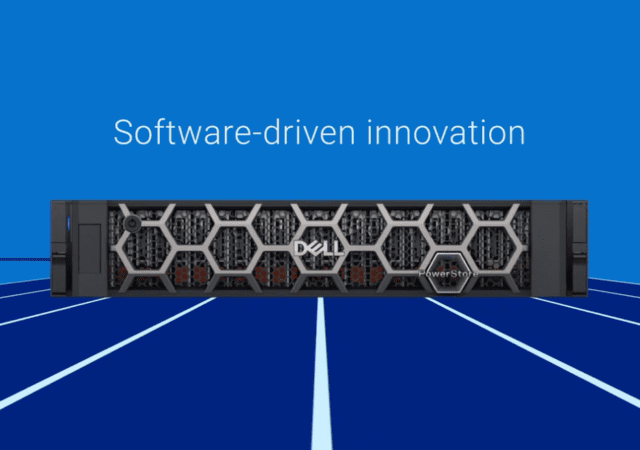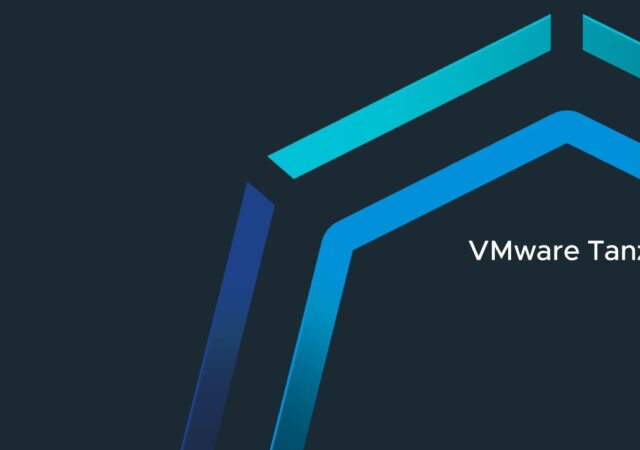Dell Technologies brings its PowerStore Prime server offering to Malaysia delivering seamless AIOps and Data mobility for a multi-cloud era.
[VMWorld 2020] WMware Tanzu Harnesses the Power of Kubernetes
Kubernetes does not have to be difficult with VMware Tanzu, now included in VMware vSphere and Cloud Foundation,




